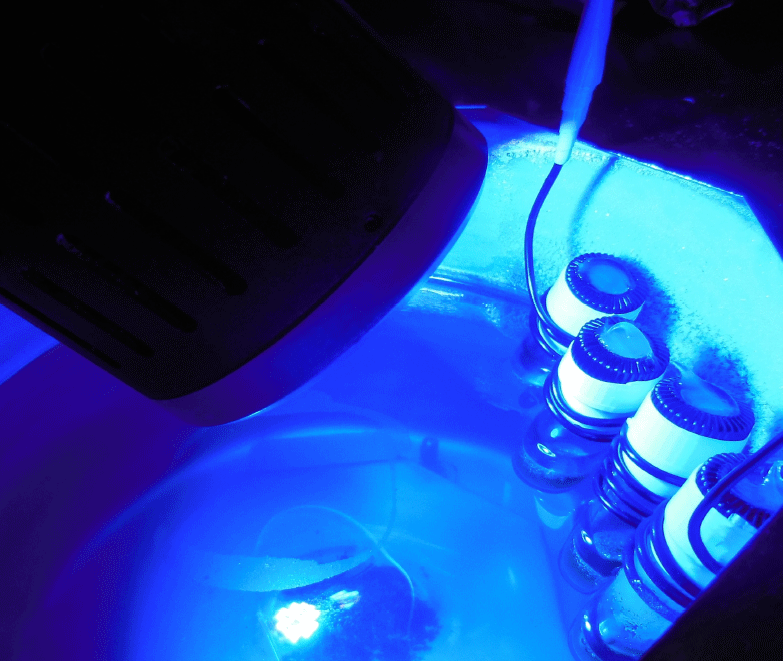Blue LEDs lead the way for precious metals-free electronics
A novel method using blue LEDs could help create useful chemical subunit and eliminate the need for precious metals in the production of pharmaceuticals and electronics, researchers from the Hokkaido University, Japan, claim.

Blue LEDs were used in combination with a copper-based molecular catalyst to perform what is known as a cross-coupling reaction, in which two molecules are joined via a carbon-carbon bond.
Scientists claim using copper as a catalyst for a cross-coupling reaction could be a breakthrough in sustainability, since this reaction typically relies on the use of precious metals such as palladium.
Researchers also say the method is also advantageous because the copper metal in the molecular catalyst itself absorbs the blue light, rather than needing a separate light-absorbing compound in addition to the catalyst.
Theoretical calculations showed that this light exposure causes electrons to move from the metal copper atom to a connected subunit of the molecular catalyst. This excited state has separated electrical charges, making the catalyst more reactive, and researchers were able to use it to carry out a cross-coupling reaction that creates an acyl group, which are useful for the synthesis of pharmaceuticals and photoelectronic materials.

